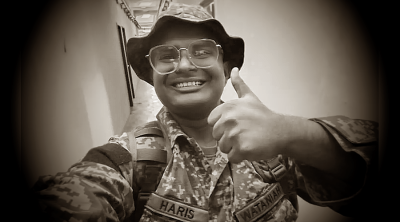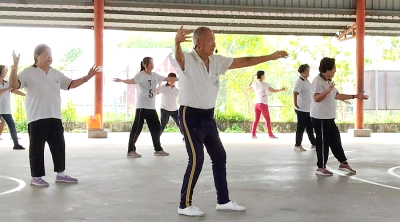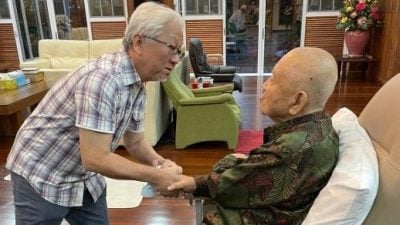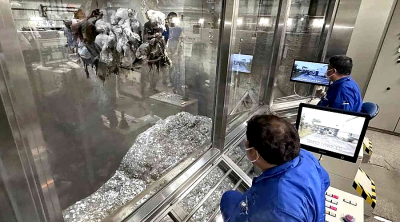By Dr Prameela Kannan Kutty
Nothing replaces ward teaching and hands-on practice of medicine. I am dutifully bound to get clinical teaching right under any circumstance.
I share teaching of a small group of my students during lockdown to simulate the wards, which can still be improved by trial and error.
Idea flitted through my mind was for me to be Walt Disney's imagineer, making creativity workable?
The Movement Control Order would keep us away from our patients and wards. Should I give students online lectures which I've steered away from for sometime now, or should I continue to teach as I'd do in the wards, stressing application and practicality? The obvious answer was my only option.
Rummaging for online teaching materials and virtual learning, the sooner I started the better. Seeing, hearing, feeling and interacting were the only methods I'd use.
Could the impossible be achieved without real patients?
It was definitely going to be interactive.
The small group I taught had working internet facilities. What a relief! Skype was our delivery vehicle and students had facilities for that.
With online teaching material uploaded, learning objectives stressed, and hard copy texts highlighted for revisiting, the engine was in gear. The senior students had shown their mettle for reliability, and despite time at their disposal, wouldn't "cyber loaf ".
Students would start interactive sessions on group chats and would introspect and reflect.
Blended teaching
Both online material and hard copy texts were used.
Clinical videos (personal ones or those approved for educational purposes) illustrating signs would be also used. Videos were divided into those with stories behind them (histories) and those without.
Without histories,videos would teach to observe, recognize and interpret. With histories they'd provide material to enact as a simulated parent with the sick child.
Motion videos used resourcefully
A short video would provide something close to what they'd see in the wards. For example, a two-month-old baby with a cough had to be watched and listened to. The color of baby's face during the bout of cough went from red to a dusky blue. The bleep of the machine connected to the baby went off. Mum's distress was obvious.
We'd replay this a few times ad libitum, an advantage we don't have with live patients.
The students had to describe exactly what they saw and make a diagnosis with other possible diagnoses. Using knowledge from their early years of training, they'd have to explain the whys' and hows' of everything they observed.
"What else would you like to know if you could be with the baby and listen to the chest?" – a holistic question that reduces the gap of the physical distance. Their answers to that are telling of their ward performance.
With different scenarios, I role played as the virtual mother. A student takes the history from me where both information gathered and approach are important. My own life long learning is enhanced.
Teaching sessions further illustrate topics on skype by picture slides mainly done by students.
Attitudes that empowered students
The learning curve was steep and every video session turned out better than the previous one.
The constraints faced by not being in the wards challenged them positively. They listened astutely, observed carefully and with collective desire to benefit from the session,worked cooperatively to succeed.
There was point focus on the video with little distraction, quite different from the wards, so they were more sensitive to details such as the sound of the bleep and mum's facial expressions. This doesn't necessarily prepare them for real life but is good prelude to prepare for real life scenarios.
They were determined to learn because they knew they were disadvantaged by not being in the wards and as I, the instructor, would often remain silent on skype, they were inspired to "think on their feet" more independently.
We were outside our comfort zones, supporting each other in a skype family, without expectation of outcome, we worked together quite effectively to gain something clinical from every session.
(Dr Prameela Kannan Kutty is Professor of Pediatrics at Universiti Pertahanan Nasional Malaysia and can be contacted at [email protected].)

ADVERTISEMENT
ADVERTISEMENT


































